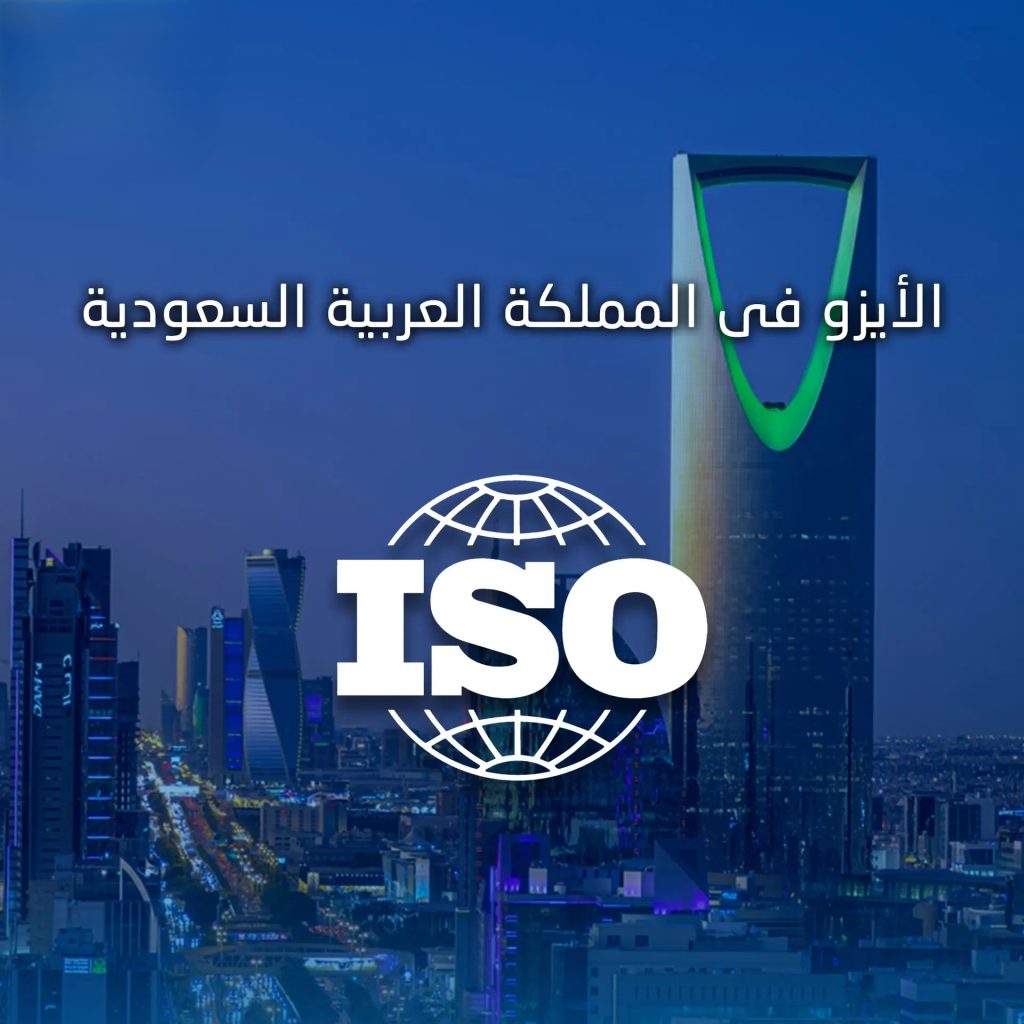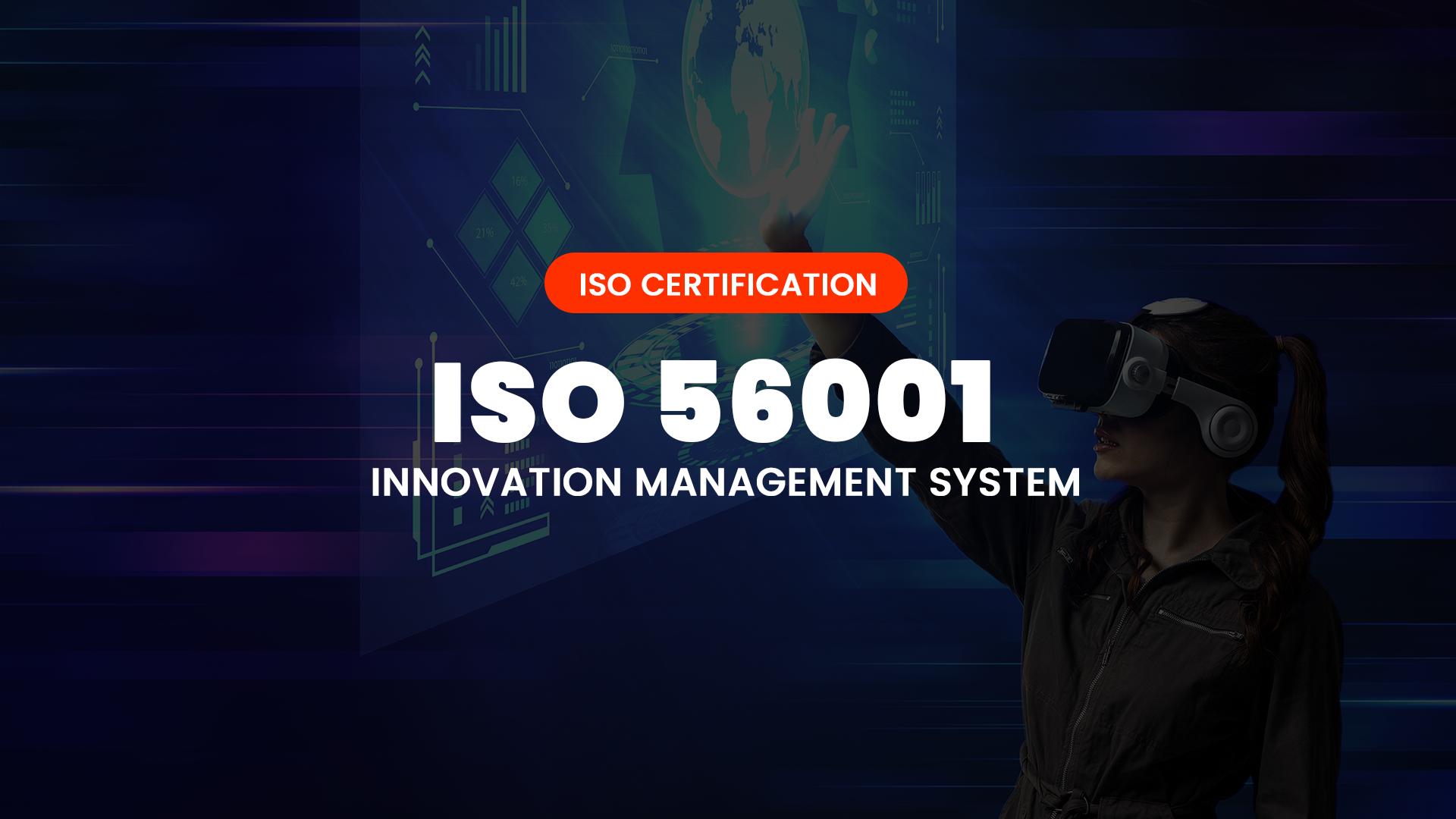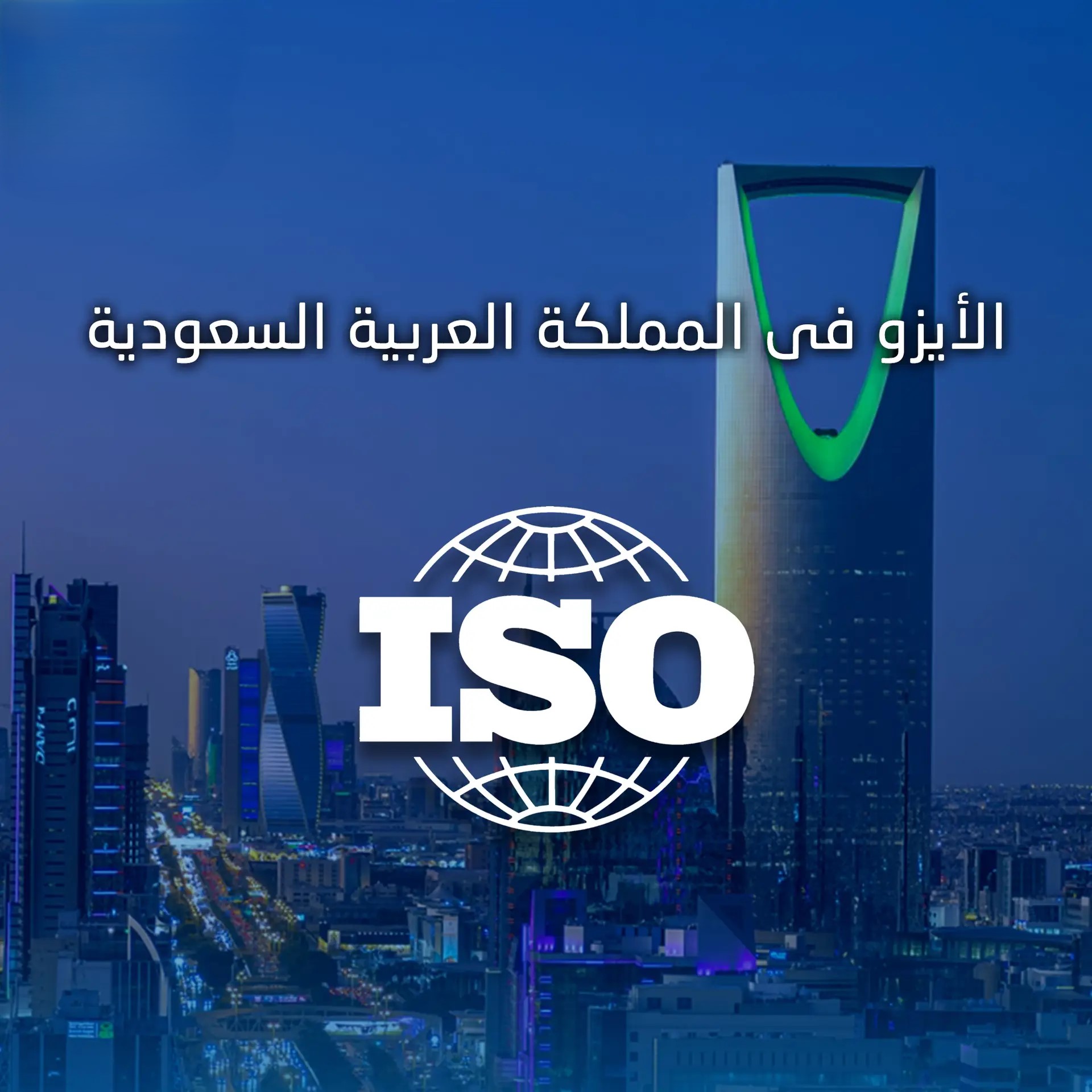In a world characterized by unprecedented acceleration of change and competition, ISO certification for organizational innovation has become a cornerstone for companies striving for excellence and sustainability. This certification is not merely a formal document; it represents a comprehensive system that guides organizations toward building a sustainable, innovative environment capable of adapting to global transformations and generating continuous added value.
Accordingly, Reins has prepared this comprehensive guide to take you on an integrated journey towards understanding the concept of ISO certification for corporate innovation, its strategic importance, the precise steps to obtain it, as well as the most prominent challenges and ways to overcome them to ensure long-term corporate success.
What is ISO certification for corporate innovation?
Definition of certificate
Initially, the ISO 56001 certification for organizational innovation is an international standard approved by the International Organization for Standardization (ISO). This standard aims to establish a comprehensive framework for managing innovation within organizations in a systematic and organized manner.
Moreover, The standard covers a set of guidelines and practices that enable organizations to transform creative ideas into innovative projects, products, and services that achieve sustainable growth. The ISO 56000 series also comprises a set of sub-standards covering various aspects of organizational innovation, such as Idea management, measuring innovative performance, innovation culture, and risk analysis .
Through these integrated standards, organizations can transform innovation from a mere passing idea into a measurable and continuously improving operational system, thus enhancing their readiness to meet market challenges.
The importance of obtaining ISO certification for organizational innovation
In fact, the importance of this certification is not limited to the administrative aspect only, but extends to include the strategic, competitive and cultural dimensions within the organization.
1. Enhancing competitiveness
Above all, certification empowers organizations to develop exceptional innovation strategies that align with market shifts. It enables them to react swiftly to changes and capitalize on new opportunities with greater flexibility. Consequently, the organization becomes capable of achieving a sustainable competitive advantage across its various sectors.
2. Improving operational efficiency
In addition, adopting a systematic framework for managing innovation contributes to improved operational efficiency, reduced resource waste, and enhanced organizational performance. As a result, innovation transforms from a pilot initiative into a regular organizational practice that contributes to improved returns and reduced operational risks.
3. Establishing a culture of innovation
On the other hand, this certification helps build a corporate culture that supports creativity and experimentation. When employees feel their ideas are valued and seriously discussed, they become more engaged and motivated to offer new solutions that foster organizational growth.
4. Enhancing trust and institutional reputation
Conversely, adherence to ISO 56001 standards reflects an organization’s genuine desire for global excellence. This, in turn, enhances the confidence of customers, partners, and investors, and gives the organization a professional image that highlights its commitment to quality and sustainable innovation.
Steps to obtain ISO certification for corporate innovation
In practice, the journey to obtain certification requires a gradual and structured approach consisting of several interconnected stages.
First step: Assessing the organization’s readiness
First, the organization must assess its current situation to determine its readiness to implement innovation standards. This assessment includes several aspects, such as:
Reviewing the corporate culture and the extent to which it encourages creative thinking and individual initiatives.
Analyze existing processes and determine if there are clear systems for managing and tracking ideas.
Evaluate human and technical resources and the availability of tools and knowledge necessary to support the innovation process.
Following this thorough analysis, the organization can identify its strengths and weaknesses and develop a comprehensive development plan based on clear data.
Step two: Understanding the requirements of ISO 56001 certification
Secondly, it is very important for the organization to have a thorough understanding of the technical and administrative requirements for the certification, the most prominent of which include:
Developing an integrated innovation strategy that aligns with the organization’s overall goals.
Defining roles and responsibilities precisely to ensure the effective implementation of innovative initiatives.
Managing the lifecycle of ideas from their proposal to evaluating their results after implementation.
Setting precise performance standards to measure the impact of innovation on efficiency and organizational growth.
Therefore, by understanding these requirements, the organization becomes more able to align them with its internal systems and incorporate them into its long-term strategies.
Step three: Developing an Innovation Management System (IMS)
Next comes the role of building an Innovation Management System, which is the backbone of the certification. This system ensures that innovation practices are implemented in an integrated, coordinated, and sustainable manner.
The system typically includes:
Developing an organizational framework that links all departments into one integrated system.
Designing effective channels for exchanging ideas and suggestions within the organization.
Integrating modern technologies such as artificial intelligence and data analytics to support decision-making.
In this way, the organization transforms into a dynamic, flexible environment that embraces innovation as a daily working method.
Step Four: Training employees and spreading a culture of innovation
At the same time, the success of innovation depends heavily on individuals. Therefore, ongoing training programs must be developed to raise employee awareness of the importance of innovation and ISO requirements. This step includes, for example:
Conduct interactive workshops to introduce employees to the basic concepts.
Implementing incentive programs to encourage the proposal of ideas and their transformation into tangible initiatives.
Promoting a culture of safe experimentation that encourages creativity without fear of failure.
Over time, a culture of innovation becomes an integral part of an organization’s identity and core values.
Step five: Implementing ISO standards in practice
Later, after the preparation phase is complete, the organization begins to implement the standards in practice. During this phase:
Implementing innovation strategies across different departments.
Monitoring performance periodically to ensure that activities comply with international standards.
Making continuous improvements based on the results of the analysis and feedback.
Thus, innovation becomes an institutional practice that is measurable and continuously improved.
Step six: Internal audit and preparation for formal evaluation
In addition to the above, the organization must conduct a comprehensive internal audit to ensure full readiness for the external accreditation phase. This includes:
Reviewing the policies and procedures related to innovation management.
Verifying the effectiveness of the application of the approved tools and methodologies.
Address any comments or gaps before the formal evaluation.
Moreover, It is advisable to prepare a detailed documentation report that demonstrates the organization’s readiness, which will facilitate the final accreditation process.
Step seven: Apply for certification and pass the external audit
Finally, after completing all the previous steps, the organization submits a formal application to a recognized accreditation body. During this process:
Independent auditors review the documents and records.
Interviews are conducted with the work teams to verify the practicality of the application.
Final improvement feedback is provided, which is carefully processed to ensure complete conformity.
Once this stage is successfully completed, the organization receives ISO certification for corporate innovation and becomes one of the world’s leading organizations in managing sustainable innovation.
Potential challenges and ways to overcome them
It is natural for organizations to face some challenges during their journey towards certification, however, these can be overcome with well-thought-out plans.
Resistance to change:
Organizations often struggle to convince their teams of the importance of transformation. Therefore, continuous communication and highlighting the practical benefits of innovation, such as improved performance and increased growth opportunities, are essential.Limited resources:
On the other hand, limited budgets may hinder the full implementation of requirements. To overcome this, it is advisable to implement standards gradually and to engage experts like Reins to provide cost-effective and flexible consulting.Lack of a clear vision:
Without a clear vision, an organization may lose its way. Therefore, measurable goals should be set, and innovation should be linked to the overall strategy to ensure its long-term sustainability.
The strategic benefits of ISO certification for corporate innovation
In short, obtaining the certification gives the organization a range of significant benefits, most notably:
Increased ability to adapt to market and technological changes.
Developing effective methodologies for risk management through proactive solutions.
Stimulating job loyalty and enhancing employees’ sense of belonging to the organization.
Building a long-term competitive advantage that supports local and global growth.
The future of corporate innovation in light of global transformations
The future undoubtedly belongs to innovative organizations. With the acceleration of digital transformation and the increasing reliance on artificial intelligence, the need to adopt ISO certification for organizational innovation has become more important than ever.
Adopting these standards is not merely about achieving compliance; it also represents a commitment to a new mindset that places innovation at the heart of organizational work. Therefore, organizations that invest in innovation today will confidently and effectively lead tomorrow’s markets.
In conclusion, achieving ISO certification for organizational innovation is a strategic journey toward transformation and excellence. By implementing the steps outlined in this guide, organizations can build a stimulating work environment that embraces creative thinking and translates it into tangible and sustainable results.
Since success is not achieved by chance, partnering with expert professionals like Reins represents the first smart step towards achieving true corporate leadership and innovation.













